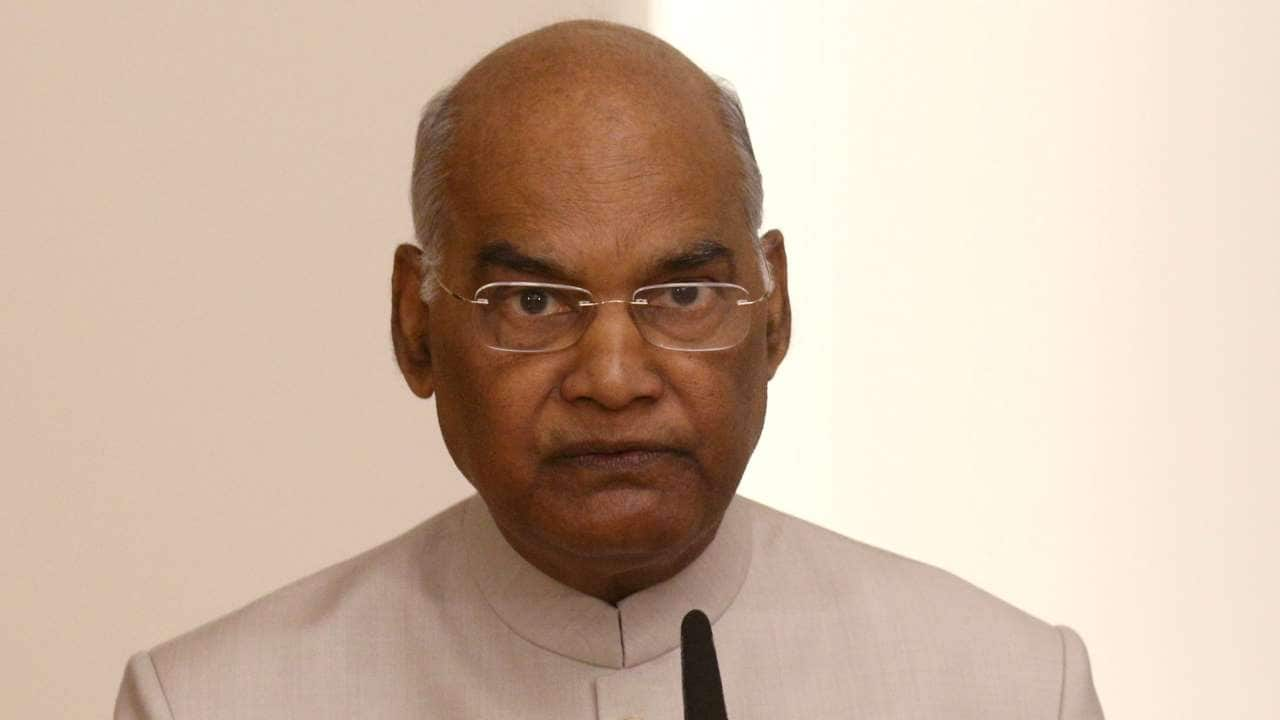

The Ramnath Kovind Committee, which submitted its report on simultaneous polls on March 14, noted that frequent elections negatively impact decision-making and delay the execution of several projects. It argued that simultaneous elections could lead to “higher economic growth, lower inflation, higher investments, and improved quality of expenditure.”
Citing historical data, the Kovind Committee report argued that real Gross Domestic Product (GDP) growth was 1.5 percentage points higher following simultaneous elections. “1.5% of the GDP is equal to ₹4.5 lakh crores in FY24,” the report noted.
India followed simultaneous polls between 1951-52 and 1967. The practice ended in 1969, when Punjab, Uttar Pradesh, Bihar and West Bengal went to polls.
The report took the example of Tamil Nadu to support simultaneous elections. The state held four simultaneous polls before 1998 and none thereafter. While the growth rate declined by 4.1 percentage points around 1996 (simultaneous election year), it declined by 5.4 percentage points around 2001 (non-simultaneous poll year). In a relative sense, the report noted, economic growth rose around the year of simultaneous polls.
Historical data suggested that annual inflation was lower ahead of simultaneous elections. The Kovind Committee report also noted that inflation fell by about one percentage point during simultaneous elections compared to non-simultaneous elections.
After simultaneous polls, fiscal deficit rose at a larger rate at the Centre and the states. However, the report argued that this could be good for economic growth. “Higher public spending post-elections is consistent with the evidence for relatively higher growth rates after simultaneous elections,” the report said.
Also Read: Our govt strengthening Constitution, Congress repeatedly wounded it after tasting blood: PM Modi
But the government-appointed panel came down heavily on India’s freebies culture, calling it a “moral hazard”. Freebies are a part of revenue expenditure. When freebies outpace total revenue, governments are forced to borrow more.
For instance: Populist measures swelled Maharashtra’s debt burden to over Rs 7 lakh crores in FY24. This also led to a drastic fall in capital expenditure, which is required for fuelling economic growth.
The report linked simultaneous polls with a higher rate of capital expenditure. In simultaneous election years, capital expenditure was 17.67 percentage points higher than during non-simultaneous periods. The Gross Fixed Capital Formation to GDP ratio, another measure of capital spending, also showed a positive co-relation with simultaneous elections.
Gross Fixed Capital Formation to GDP ratio shows the proportion of the economy dedicated to investments in fixed assets like buildings, roads & machinery.
On an average, the Gross Fixed Capital Formation to GDP ratio was 0.50 percentage points higher during the years of simultaneous elections.
“More frequent elections can indirectly affect the economy through greater uncertainty causing spillovers for private investment, and for the broader economy,” the Kovind-led committee noted. The higher ratio during simultaneous elections, the report said, signified lesser interruptions in economic activity and lower uncertainty.



